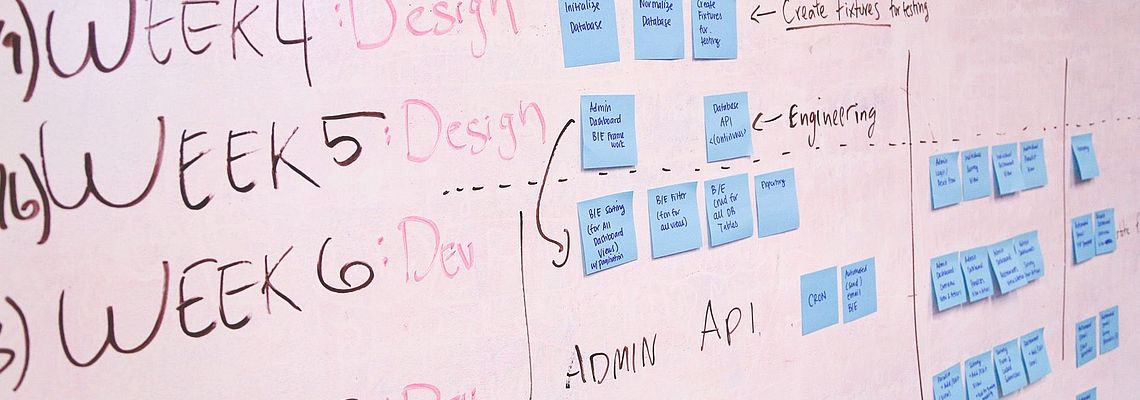
The Challenges of Relaunching a Website
Relaunching a website can be a daunting task. Depending on your goals it can contain challenges in all areas involved. The following article describes challenges commonly encountered and hints on how to face them.
Relaunch or refresh?
The first question you should ask when considering a relaunch is whether you are talking about a complete website relaunch or “only” a refresh. A refresh - or face-lift - consists of modernizing the visual appeal of your website or application, whereas a relaunch also applies to your overall online strategy, your technology stack and the placement of your website in the market. Following that, you should start by defining your goals and vision for the relaunch.
Goals
The goals for a website relaunch come from the necessity of the relaunch itself. Did your market change since the launch of your current website? Are your potential clients using different channels? If that’s the case, you are relaunching the website out of business necessity. If your technology stack runs out of support, the license for your website software runs out or your IT department decided to switch to a different technological base, you are relaunching out of technical need. More often than not, you will likely have a combination of reasons for the relaunch.
Parts of a relaunch
Before starting with a relaunch, you should analyze the data you have gathered from your current website. Not only do you probably have a good idea which parts of the site are working and which aren’t, you will also have quite some people working on your website for a while - those will have wishes and ideas that could make the next iteration of your website more successful. Make sure to include them early in the process and collect their feedback.
Design / Usability
The most obvious part of your relaunch will be any changes in design and usability. For most projects this is still the starting point and the one most argued about. As the agile change arrived in the industry, most companies acknowledge trying to plan everything upfront without involving key stakeholders will likely fail. Try to start with basic ideas and refine them during the review process. As your homepage will be what visitors see first, design it as late as possible in the process, so you can incorporate all the feedback and experience from the project.
Processes and stakeholders
One part of a relaunch project that is often neglected is the involvement of your stakeholders and early integration of them. Relaunching a website also means changing processes, changing tools and sometimes even changing responsibility. Integrating your stakeholders early in the process and onboarding them will save you from headaches later. Additionally, by including those who have to work with the new website, you will get feedback early on, enabling you to react to rising challenges as early as possible.
Technology
The development of technology continually accelerates. Therefore it's more than likely you will have to base your website on a completely new technology stack - a good thing, as it probably means your website will have better performance out of the box. But still, it will take time to transfer to new technology. If you work with an agency they will take care of the new technology for you. If you are running your website yourself, keep in mind that your IT department will have to learn the new technology first and learning takes time. Nevertheless, you should not use outdated software - for security and performance reasons.
Analysis
Once you got your website relaunched you should keep an eye on your analytics data. Does the website outperform the old one? Are you closer to your goals? Do your clients like it? If you want to be extra-careful you can also let your old and new website run in parallel and set up some A/B testing. Keep in mind that change is hard for many people, so don’t be surprised if your returning clients are a bit irritated at first.
Conclusion
As you can see, relaunch projects can be big and touch many parts - from design and technology to all the processes involved. They can - and sometimes should - take years. If your project is one of these, consider that whenever you take software decisions, to make sure your technology stack is supported throughout your next relaunch. Get your stakeholders on board early and get feedback from your clients often. Make sure your goals are clear and everybody involved knows them.